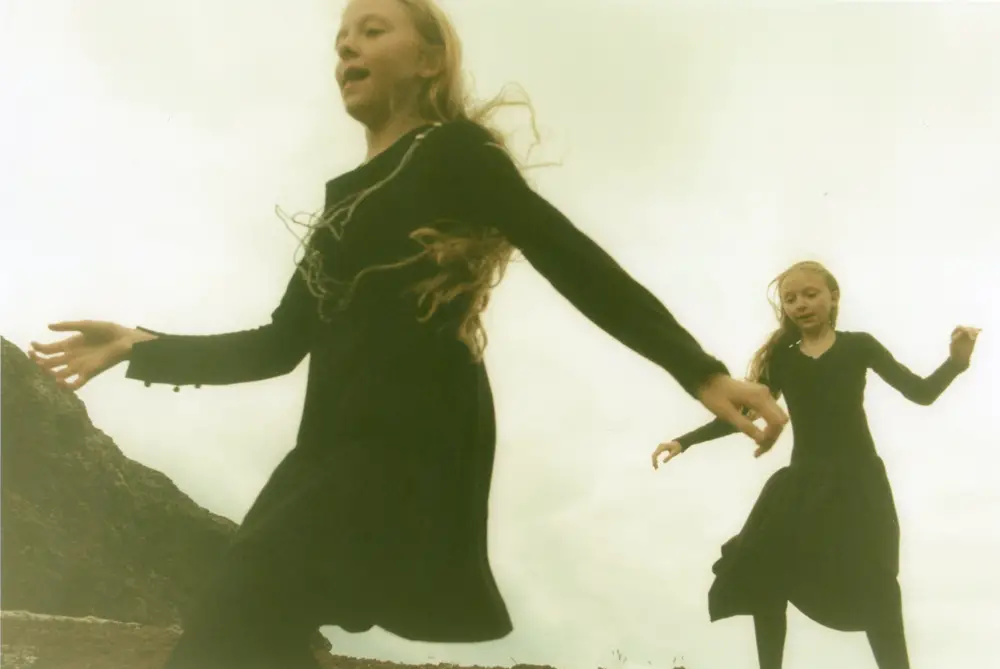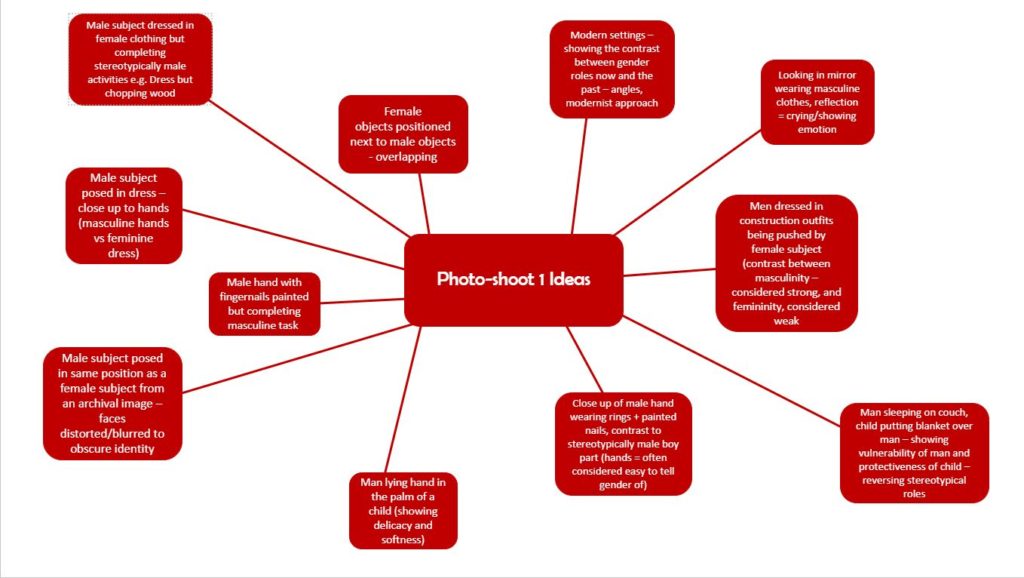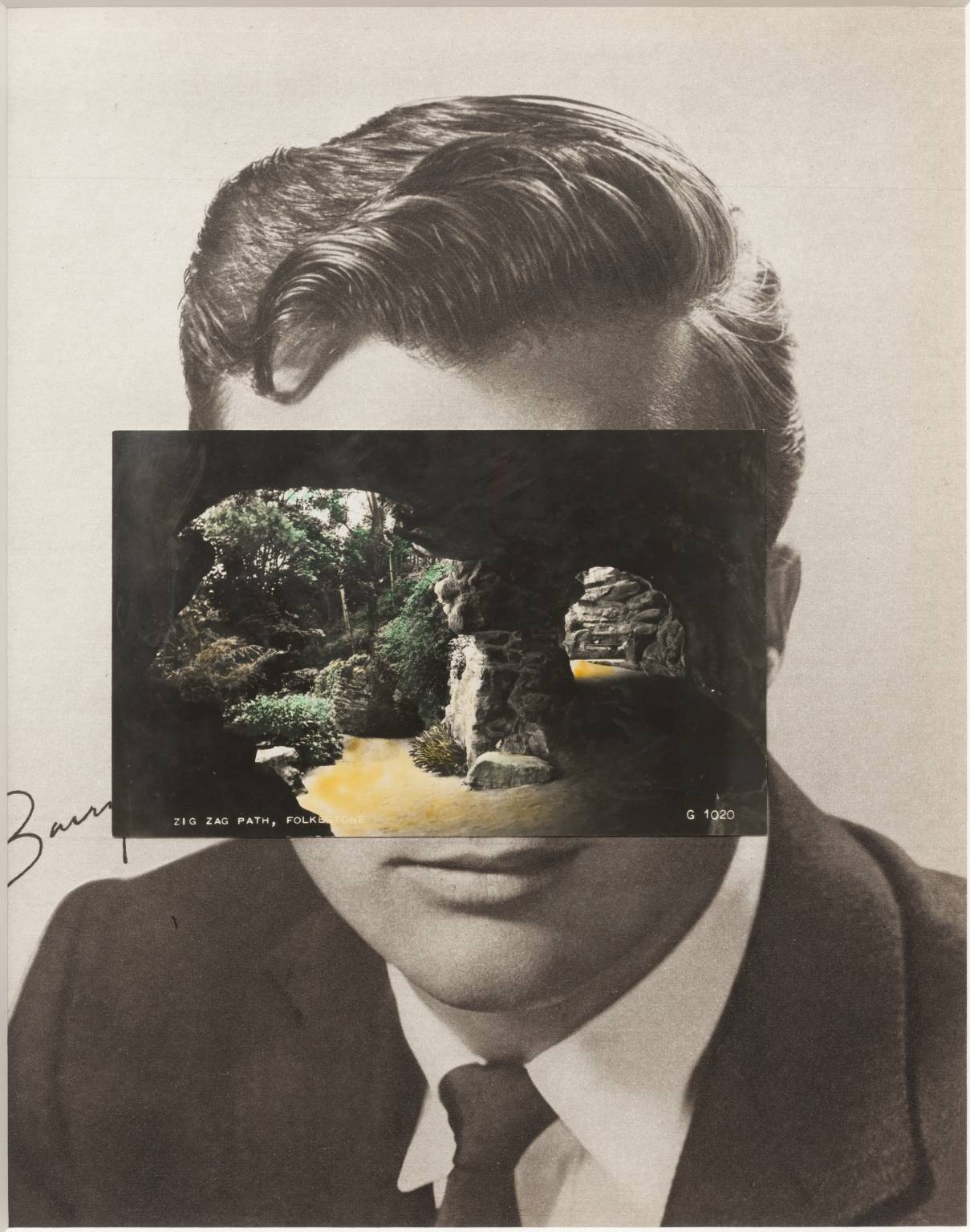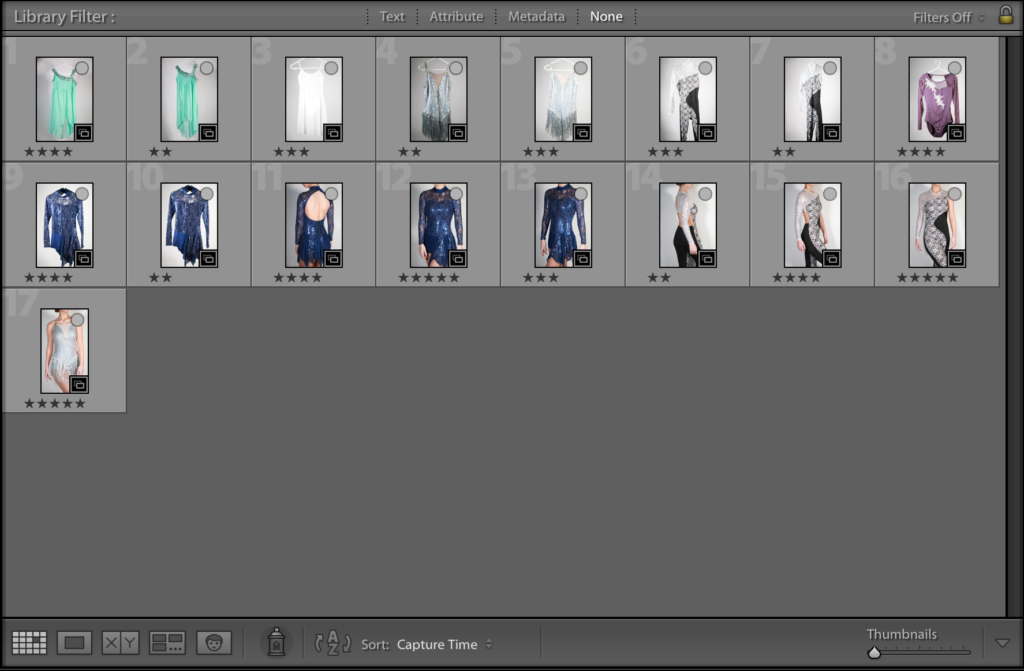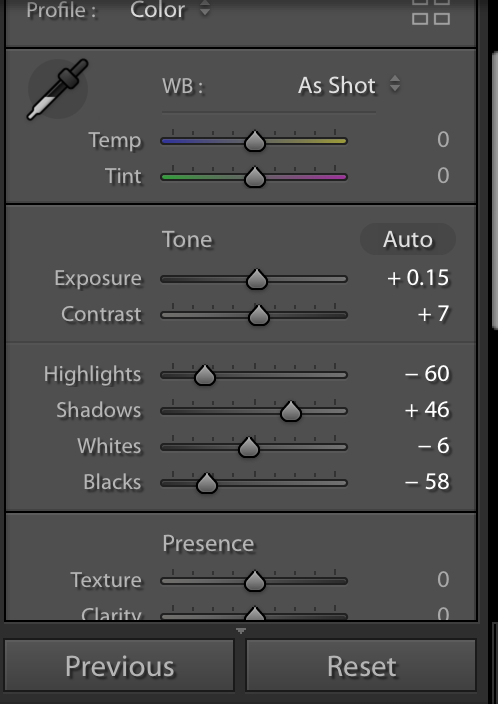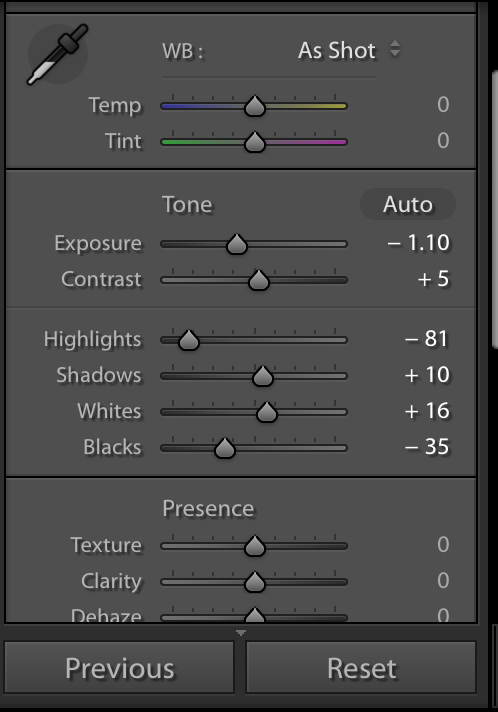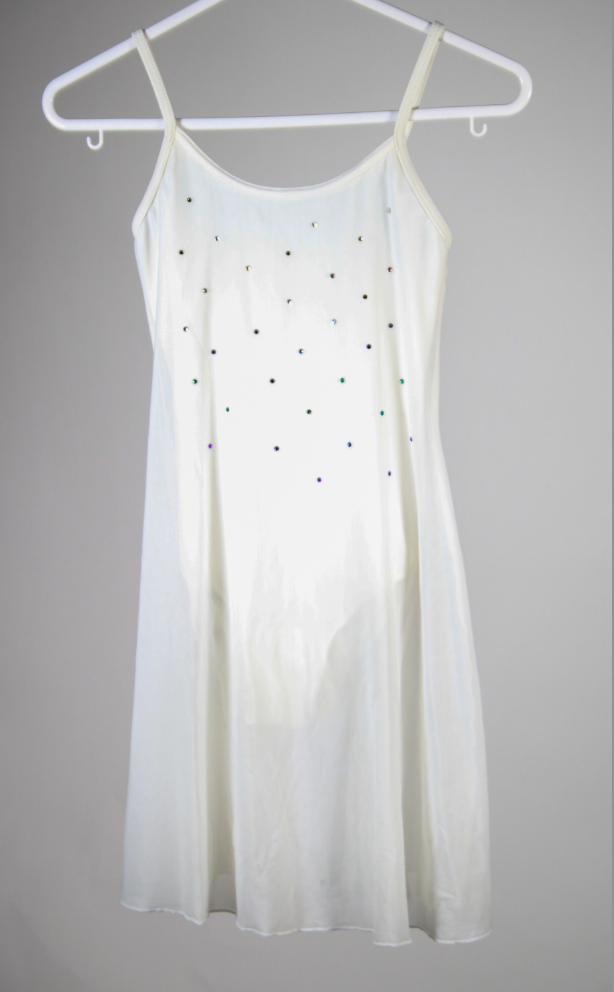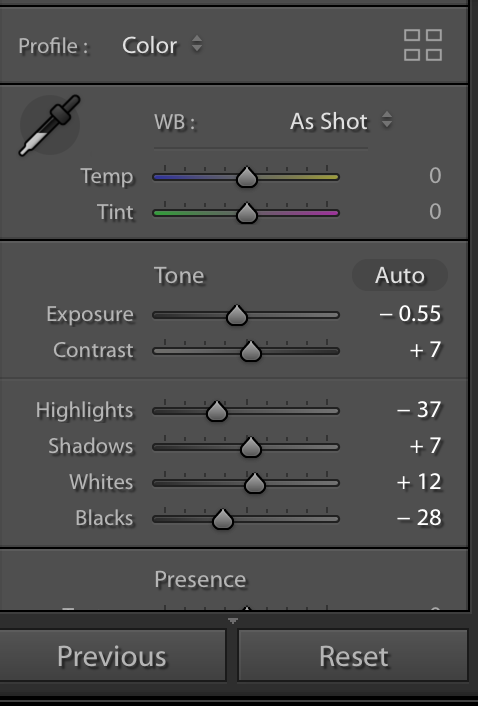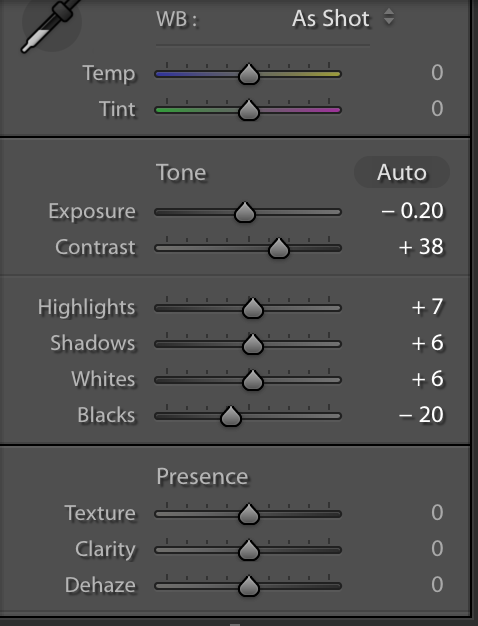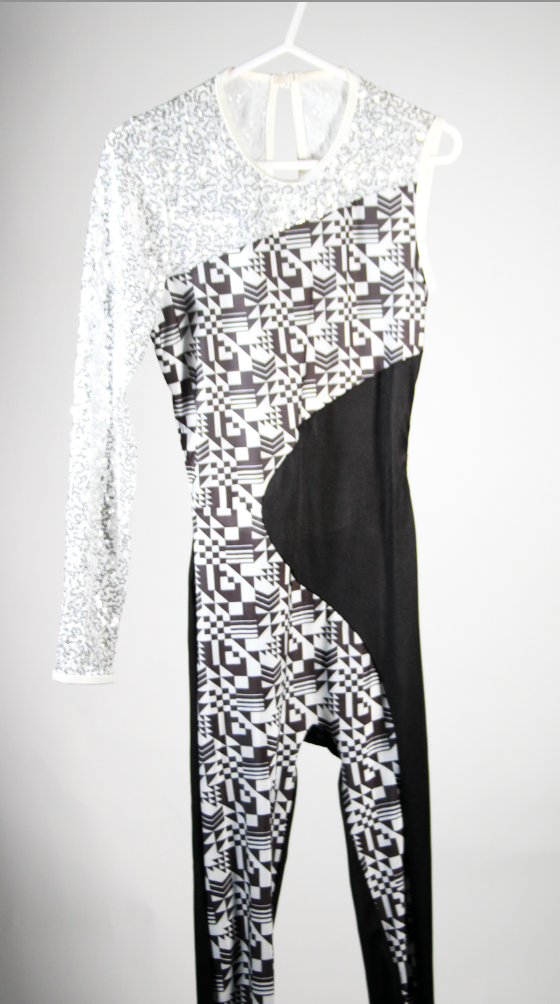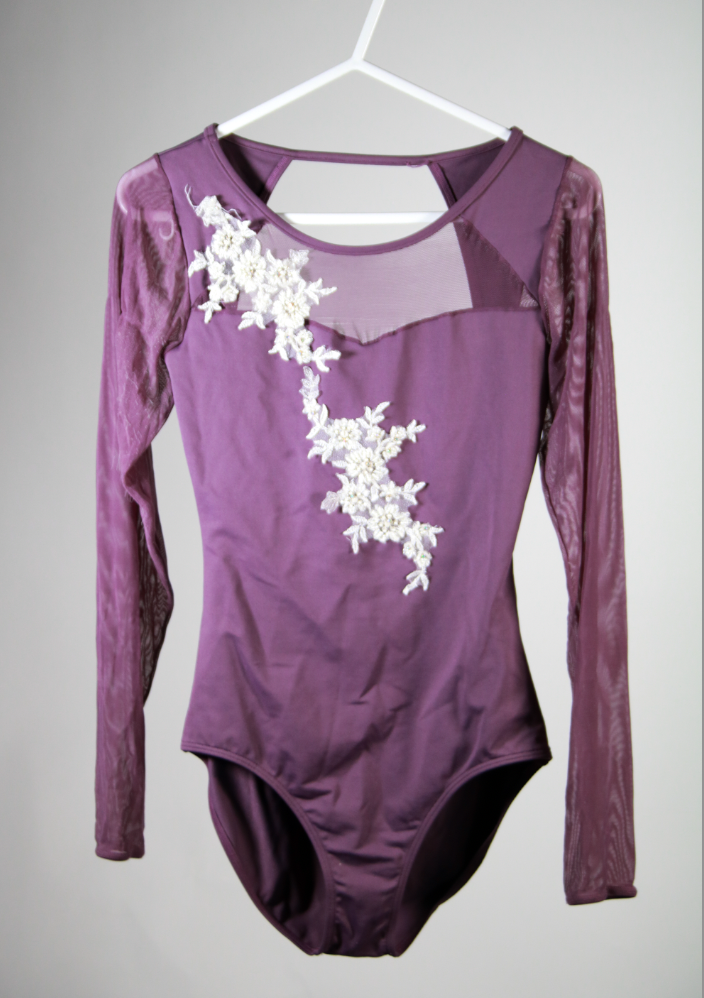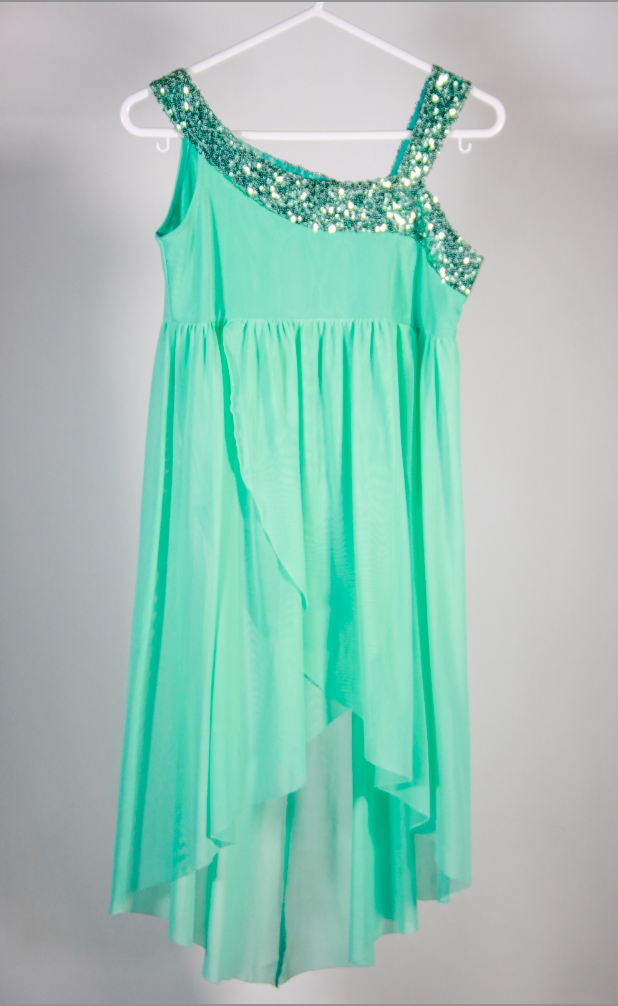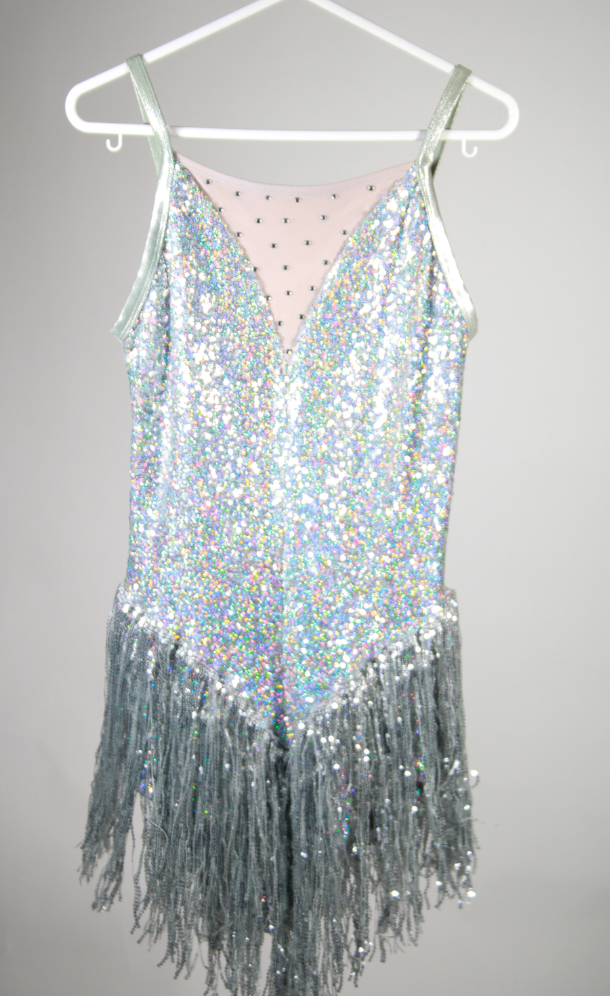Invisible hands is a very intriguing exhibition by Alicja Rogalska in association with The Morning Boat, and also migrant workers. It is on show at the Jersey Arts Centre and it aims to show Jersey through the perspective of the migrant workers in Jersey. I think this is very important as the seasonal work undertaken by these migrant workers has always been vital to Jersey’s economy, however it is an area that is not very well documented or known about.
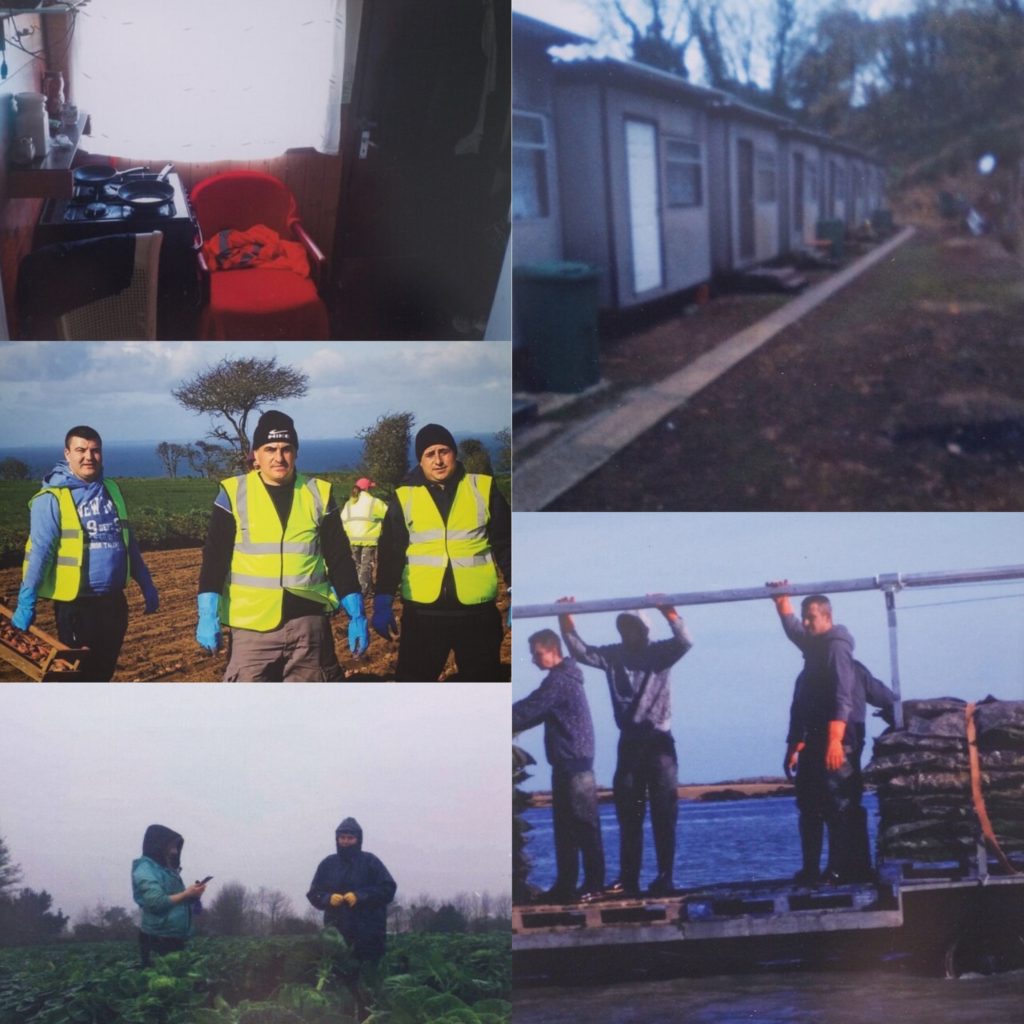
As you can see from some of the images on the mood board, technically, the images are not of high quality. This is due to the fact that the migrant workers actually took the images themselves. Because of this the images give us an interesting first hand insight that a photographer would not be able to achieve. So, although they may not be of high technical quality, they are conceptually and contextually rich.
During the exhibition a video was played, which showcased the migrant workers, but not their actual faces in order to allow them to be more honest about what they face. In this video we saw all the migrant workers creating clay potatoes as this is a symbol of what they do. As they were making the potatoes they spoke about important criteria they felt was important to meet in order for an employer to be awarded the Agri-care prize.
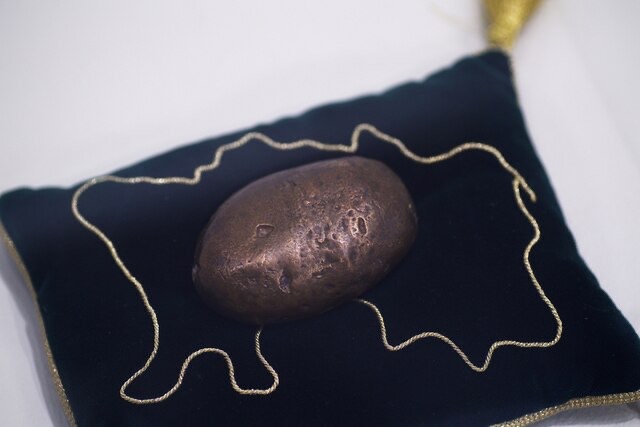
The Agri-care prize is an award for the best employer in the agricultural sector, which was created with the help of migrant workers. Through conversations with Polish manual laborers, the criteria for this prize was created. During these discussions, they made clay potatoes as I mentioned above, and the best one was selected to be cast in bronze and used as the physical award. During the exhibition I learned that some of the criteria that the workers felt were important to meet, could only be achieved through legislative changes and industrial action in order to created a fair working environment where workers are not exploited.
I thought that this exhibition was very important. Highlighting this aspect of Jersey’s agricultural sector is super important as there is not much known about it, meaning that there are many people living and working in conditions that most people would be appalled by. This exhibition highlights the importance of being socially aware, through first hand testimony and images which triggers emotion within the viewers, which in my opinion, makes it a very effective exhibition and project. I really like how the photographer decided to let the migrant workers capture the images, as it allowed the concept to shine through more clearly compared to if she had decided to photograph it herself. I also think that having a video conveyed more emotion and context as images are limited to only appealing to an audience visually, where as being able to hear from the actual people who are suffering makes it more personal. The exhibition name “invisible hands” is emphasized by the fact that no one face is seen in the video, and it also has a metaphorical meaning as these are the people that our society, sadly, doesn’t notice.
I especially like this exhibition, as it partially fits into the beginning of my personal study since both my parents were economic migrants before they decided to settle in Jersey.


